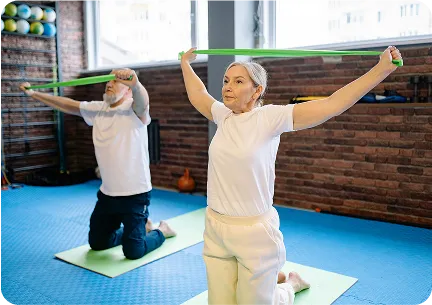- Hours of service and rates can vary depending on Client needs and level of care.
Personal and Supervisory
Care
- Difference between Personal and Supervisory care


Personal Care
Is for Clients that need assistance with activities of daily living (ADL’s) and physical touch is required in order to assist them. This type of care is meant for individuals with chronic health conditions, physical disabilities, difficulties with strength, coordination, balance and mobility.
It’s also known as Hands-On-Care.
Ex. Assistance with showers, dressing, grooming, oral care, incontinence care, transfers and ambulation.
Supervisory Care
Supervisory Care is for Clients with good safety awareness who can communicate their needs. It involves general oversight by a Caregiver without hands-on assistance.
- Ensures safety through supervision only.
- Excludes physical touch, mobility help, or transfers.
This service provides reassurance and minimal intervention.
Ex: laundry, light housekeeping, meal preparation, companionship, etc.
Companionship Care
Companionship Care focuses on providing meaningful company and emotional support. This service is especially crucial for older adults who may experience isolation due to frailty or cognitive impairments.
In addition to offering social interaction, Companionship Care includes practical support such as:
- Safeguarding individuals who are unsteady on their feet to ensure their safety.
- Reading aloud to engage and stimulate cognitive activity.
- Preparing light meals and snacks to promote nutritional well-being.
This service is designed to enhance the quality of life, reduce loneliness, and ensure the comfort and safety of those receiving care.
Multidisciplinary Care For Chronic Diseases
We provide specialized caregiving support for clients living with complex and progressive neurological conditions like:
- Huntington’s Disease
- Parkinson’s Disease
- Multiple Sclerosis (MS)
- Amyotrophic Lateral Sclerosis (ALS)
They are trained and knowledgeable in assisting with both medical and non-medical equipment as prescribed or directed
This may include the use of:
- Eye Gaze Device (communication aid)
- BiPAP Machine (oxygen support)
- Cough Assist Machine
- PureWick Urine Collection System
- Electric or Manual Hoyer Lift
- Electric Wheelchair and Bed (mobility aids)